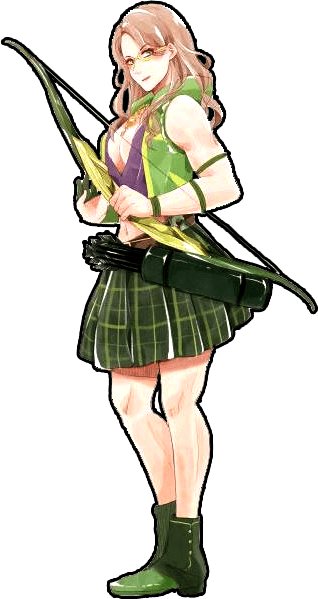
Weird Worlds: Return to Infinite Space is the sequel to Adventures in Infinite Space developed and published by Digital Eel. It offers a top-down, dual mode gameplay that is similar but not quite identical to Star Control 2.
Graphically, the style will seem very similar to fans of Space Pirates and Zombies as they are very similar in style in-game. Out of game the game uses some hand-drawn sort of comic-book art that, to speak frankly, just looks strange and unprofessional for the most part. It doesn't fit the look of the rest of the game, and usually ends up resized into a pixellated mess.
The graphics aren't what truly matters though, and the gameplay mechanics are simple but work well in the context of the game. You have a single flagship you can select through three types that are essentially classes, each offering a slightly different play style, since they will have more or less weapons, consoles, etc available to them. The object of the game is then to amass the most points before the time limit (determined by world size) runs out. You gain score through the expected methods: exploration, trade, and combat. Along the way, you'll meet different races, fight hostile aliens, and possibly find allies to help you or hire mercenaries, amassing a fleet just as you did in Star Control 2.
Where the comparison to Star Control 2 ends is in that exploration. Star Control 2 thrived on the variety and strong personality offered by each of its races, but while Weird Worlds: Return to Infinite Space does try to offer some, when it is given in just simple text crawls or exposition dumps, it falls somewhat flat. That's not to say the game is without that touch of colour, just that it's nowheres near as vibrant as Star Control 2.
The game has essentially two modes: a pseudo-turn-based overworld, whereby events basically happen every time you enter a new system, and a real time tactical combat screen. Those expecting the Super Melee of SC2 from my constant comparisons thereto will be quite disappointed, as the combat in Weird Worlds is much more ponderous. With that, though, it also feels more realistic. Starships, especially larger ones, have a feeling of mass to them, and while it's hardly a Kerbal Space Program level of simulation, it does offer a vague approximation of how these ships would seem to actually handle. Controls are simple but to the point, and the combat mechanics are likewise. There is no subsystem targeting or the like, just plink away at the targetted ship until it goes boom.
The central mechanic of that game length is both the games greatest strength and its greatest weakness. It boils the game down into something you could complete on a coffee break, and this makes the game very compact and doesn't overstay its welcome, which it definitely would in a longer game given then less vibrant races and distinct weakness on the content side. Within 4-5 playthroughs you'll have a lot of repeating motifs, despite the procedural generation. Yet that game length does make it a good game to play while waiting for something else to down load, or in the downtime between online gaming sessions.
All things considered, the mechanics are competently executed, the production values are middling, and the game length will make it or break it for you. Personally, I would say to wait until it's in a bundle - as it often is. It's a good game well-made, just a very shallow one.

